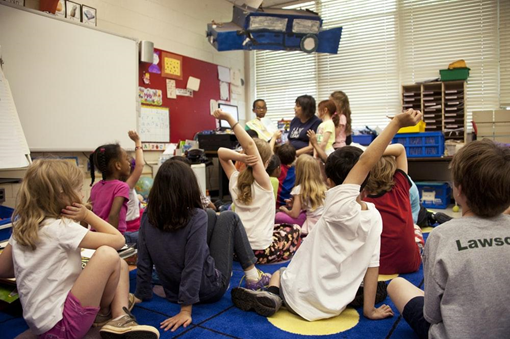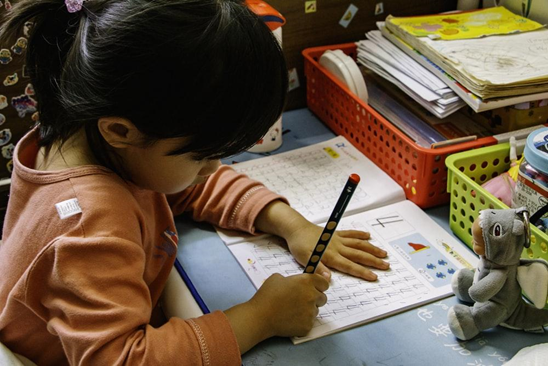Have you never used a Reading Program?
A Case Study on How Reading Teacher Transformed One Elementary Classroom
Note: This case study was developed in partnership with an elementary school. To protect the privacy of individuals involved, some of the information has been changed.
Introduction:
Barbara is an elementary teacher with eight years of teaching experience. She has always been interested in finding ways to engage her students in reading but had never used an online reading program. In the past, she found it challenging to lesson plan for each of her 15 students, especially those who struggled in certain areas or got distracted easily. Barbara has previously relied on older teaching materials to lesson plan for her students.
One day, a fellow teacher recommended Reading Teacher to Barbara. At first, she was hesitant to try it out because she was not the best at technology and had never used an online reading program. However, she decided to try it and was blown away by how easy the program was. After trying Reading Teacher, she quickly realized how easy it was to integrate into her curriculum. The program provided a wide variety of resources that allowed her to cater to each student's individual needs and preferences, which made lesson planning much more efficient and effective.
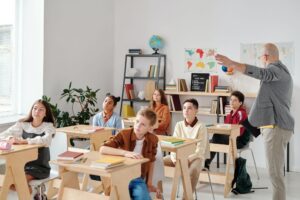
Reading Teacher an Easy-to-Use Online Reading Program
She found the program user-friendly, and she could integrate it into her teaching curriculum easily. The program was engaging and interactive, which made it easy for her to keep her students focused and interested in reading. The program also provided hundreds of differentiated teaching resources that helped her educate her students and keep them focused.
As a result of using Reading Teacher, Barbara's students made significant progress in their reading skills.. Her students fell in love with the characters and the plethora of engaging resources, which made learning to read more fun and enjoyable.
Barbara was also impressed by the level of support from the Reading Teacher team. They provided her with all the tools she needed to get started, including a student placement assessment and progress monitoring tools. They were also available to answer any questions she had and provided regular updates and support to ensure she was getting the most out of the program.
The decodable reading program contained 100 interactive stories across 25 different levels. Each story introduced or reviewed a new phoneme, new words, and special (high-frequency) words. Each new word throughout the program was then repeated at least five times in the book in which it first appeared and then five more times in the next ten books.
Before starting each story, children are prompted to select the 'Listen' or 'Read' option, which allowed for multiple exposures, experiences, and additional reinforcements of growing skills. The program includes 337 decodable words that highlighted in the interactive stories. The highlighted words were clickable, allowing children to hear the word, which helped them on their reading journey.


Does it engage and keep students focued?
One of the things that stood out to Barbara was the engaging nature of the program. The animated characters and colorful graphics made it fun for her students to learn, and the different modes – Read and Listen – provided flexibility that allowed them to learn at their own pace. This was particularly beneficial for her students who struggled with reading, as it allowed them to hear the words pronounced correctly and practice reading them.
Another important aspect of the program was its comprehensive teaching resources. Along with the interactive stories and decodable words, Reading Teacher also included lesson plans, printable books, song sheets, and word cards. These resources were especially helpful for Barbara, who found it challenging to keep her students engaged and focused for extended periods.
The lesson plans were particularly useful as they provided Barbara with a structured framework for each lesson. This meant that she could spend less time planning and more time teaching, which was especially important given the limited time she had with each student. The printable books were also a big hit with her students, who enjoyed taking home their copies of the stories they had read in class.
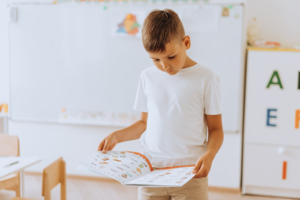
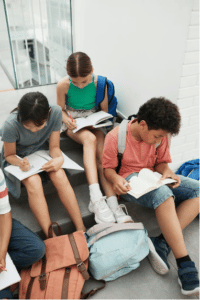
Individual Student Tracking
One of the most helpful features of Reading Teacher was the individual student tracking system, which allowed Barbara to monitor each student's progress and adjust her lessons accordingly. She could focus on the areas where her students struggled most, providing targeted support to help them improve their reading skills. Barbara was impressed with the program's personalized learning experience, which allowed her to track each student's progress individually. The program includes a student placement assessment, progress monitoring for each student in her class, and additional teaching materials, including lesson plans, printable books, song sheets, word cards, scope, and sequences. The program even had unit assessments and completion certificates, which made it easy for Barbara to track her students' progress.
Conclusion
In conclusion, reading Teacher is a comprehensive digital platform designed to help educators teach children to learn to read using phonics-based decodable reading methods. With 100 interactive stories across 25 different levels, it is the perfect tool for use in the classroom, at home, or hybrid learning environments. The program provides a step-by-step tool to teach children to read, with each story introducing or reviewing a new phoneme, new words, and special (high frequency) words. The program is easy to use, with individual student tracking to allow for a personalized learning experience and tailors additional resources to those who need it most. Backed by the Reading Teacher Guarantee – students' reading skills will improve in 30 days or your money back – it is the perfect tool for educators looking to provide their students with the best possible start to their reading journey. Reading Teacher Guarantee gave her peace of mind,
In conclusion, reading Teacher is an excellent resource for elementary teachers looking for an effective and engaging way to teach reading. The program's personalized learning experience, ease of use, and hundreds of differentiated teaching resources make it an excellent tool for educators looking to teach their students to learn to read. Barbara's experience using the program shows that even teachers who are not the best with technology can easily integrate it into their teaching curriculum.

